So you got a new camera and you’re just starting to figure out how to use it. Before you go running off doing god knows what out there with your camera, consider these 7 tips on how to use and care for your new camera equipment.
Make sure the battery is charged before you use it.
As exciting as it is to get a new camera, make sure you charge the battery up to 100% before you use it the first time. Rechargeable batteries tend to work best when they are fully charged. Using them with a half charge or less can damage them, especially early on in their lifespan. This is very similar to how phone batteries work. You’ll want to keep your camera battery charged up much the way you keep your phone battery charged up.
Set the time on your camera.
Your camera can save the date and time into the metadata of every picture you take, this can be extremely useful if you’re trying to find specific files on a card filled with images from many different days. If you’re a professional photographer its a great way to document the time you were working from first picture to last picture. Since the exact time is embedded in every image file there’s no disputing what time you arrived or what time you left. Trust me, it will eventually happen, someone will claim you weren’t there on time, especially if you work at weddings.
Make sure you have a memory card (and the correct memory card).
Unlike most phones, cameras don’t currently come with built in memory for saving images. What cameras do have is called an “image buffer”. This is a lot like RAM in a computer, its a small, usually 1-2GB chunk of memory that is used to store images before they are written to the memory card.
In order to actually save images from your camera you’ll have to get a memory card such as an SD card.
If your camera uses SD cards you should get one that is rated V30, V60, or V90. I have found that the main difference between the three appears only when shooting video. If you’re planning on shooting lots of 4k video footage then a V90 card might be a good investment although they’re very expensive.
If you’re only going to be shooting still images a V30 card is perfectly fine for most cameras, even high performance cameras. Remember, if you want to save images to your card faster you can always choose a compressed image format instead of using RAW.
Make sure you’re shooting in the correct still image quality format.
Most cameras can be set to save images in a variety of different formats. These usually include uncompressed RAW which is the largest by far in terms of space taken up on the memory card. Some cameras will also have compressed RAW which is usually 1/2 to 1/3rd the file size of the uncompressed RAW file. If you really want to save on space you can switch to saving in .JPG format. In addition to this many cameras will give you at least 3 different quality settings for JPG images. Typically these will simply be small, medium, and large, with large being full resolution images and medium and small being lower resolutions.
If you’re planning on editing your files in Lightroom or Photoshop you should shoot in RAW file format as RAW gives the most flexibility to make changes to your image.
Make sure your camera has the latest firmware.
Updating software and firmware has become a part of daily life for most people who use phones or computers on a regular basis. As digital cameras are now part computer the updating of firmware has become an important part of ensuring the camera is going to be working at its best. And every once in awhile company’s also add in new features to cameras totally free of charge. Typically you can find firmware for your camera on the camera company’s website.
Double check the box your camera came in for accessories.
Many if not all pro-sumer and professional cameras come with a variety of accessories in the box that you might find useful. First among those is a nice camera strap. Many photographers will want to upgrade to a fancy 3rd party camera strap but if you don’t have camera strap yet simply attach the one that came with your camera in the box. Truth be told, most camera company camera straps are perfectly functional. Other accessories usually include the battery, a battery charger, and most likely a USB cable that you can use to connect your camera directly to your computer.
Check your camera manual online.
Most cameras from the likes of Sony and Canon come with an online camera manual that gets updated if necessary. If you’re not sure how something works on your camera the most foolproof way to figure it out is to use the official camera manual posted on the camera company website. While people online may be able to help you with your questions, their information may be for an older model of camera or a completely different brand of camera altogether. To help you avoid confusion with your new purchase check your official camera manual to get accurate info on what all the different settings do.
Bonus tip:
Get a RAW image converter in order to convert your RAW files into JPG’s that you can print and share with family and friends. Examples of RAW converters are Adobe Camera RAW which is included in Photoshop, and Adobe Lightroom. Lightroom is sort of like Adobe Camera RAW but it is a standalone program that also has tools for organizing your photos on your computer’s hard drive.
Many days of fun await you as you enjoy your new gear. Hope you had a Merry Christmas and take plenty of pictures!

